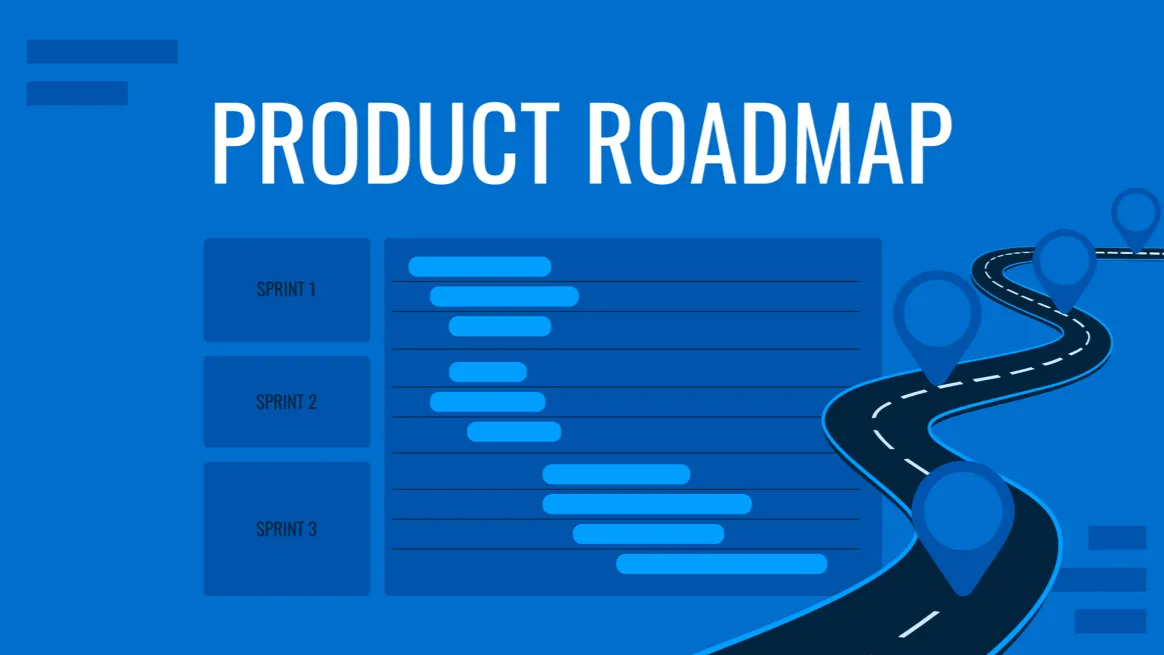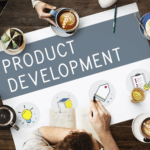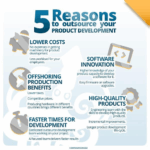In the ever-changing space of product development, putting pen to paper is vital for road maps. Without the semblance of a tilting map, teams risk wandering into never-ending meetings or big dumps of resources with little value from other initiatives. Product road maps stimulate strategic thinking, converging stakeholders into a common set of priorities.
For instance, according to a 2024 ProductPlan survey, 68% of product managers were in better alignment with their teams because of the clarity road maps provide.
What Is a Product Roadmap?
A product roadmap is a visual document that delineates the vision, direction, and progress of the product over time. It acts as a bridge between production strategy, thus ensuring that every member of the team knows what is to be achieved and within which timelines. While a product backlog is a listing of tasks to be accomplished, a product roadmap provides a broader, strategic perspective.
Types of Product Roadmaps
- Roadmap by Timeline: This roadmap concentrates on dates and deadlines; it is intended for fixed schedules.
- Roadmap by Theme: This roadmap organizes initiatives into strategic themes, which allows for a flexible approach.
- Roadmap by Features: This roadmap centers on the delivery of specified features that relate to customer activity.
- Strategic Roadmap- Tied to product goals that reflect the broader business goals.
- Technology Roadmap– Technology advances and infrastructure planning.
Selecting the appropriate roadmap type depends on the product’s stage, audience, and strategic needs.
Step-by-Step Guide to Developing Your Product Roadmap
Creating a product roadmap is like planting a seed and nurturing it into a thriving tree. Each step is vital, and skipping one can lead to confusion down the line. Let’s break it down, piece by piece.
1. Define Your Product Vision and Strategy: Set Your Compass Right
You can’t hit a target you can’t see.
Before you jump into features or timelines, you need clarity on the “why.” Ask yourself:
- Why are you building this product?
- What user pain point are you solving?
- How does it align with your company’s mission?
Think of your product vision as the North Star—it should remain relatively stable over time. The product strategy, however, is more adaptable. It outlines how you’ll reach that vision, considering market dynamics, customer demands, and your resources.
If your company’s mission is to make healthcare more accessible, your product vision could be “Affordable remote health monitoring for underserved populations.” Your strategy might include building cost-effective, user-friendly devices or forming partnerships with telehealth providers.
Tip: Document your vision and share it with all departments. It keeps everyone rowing in the same direction.
2. Engage Stakeholders Early: Get Buy-in Before the Ship Sails
You need all hands on deck to steer the product in the right direction.
Stakeholders include product managers, developers, designers, marketers, and even customer support reps. Each one sees the product from a unique angle.
Getting them involved early has two key benefits:
- Alignment: Teams know what to expect and when.
- Feedback: You uncover hidden risks or better solutions through collaboration.
A survey by ProductPlan revealed that 63% of product teams said stakeholder misalignment was their top challenge. This highlights the importance of early and consistent collaboration.
Pro Tip: Use collaborative tools like Miro or Notion to share ideas and collect input visually.
3. Prioritize Features and Initiatives: Separate the Wheat from the Chaff
When everything is a priority, nothing is.
A roadmap must include the most valuable, feasible, and time-sensitive features. This is where product managers earn their stripes.
Here are common prioritization frameworks:
- MoSCoW: Must-haves, Should-haves, Could-haves, and Won’t-haves.
- RICE: Reach, Impact, Confidence, and Effort.
- Kano Model: Prioritizes features based on customer delight vs. implementation difficulty.
Let’s say you’re building an e-commerce app. “Secure payment integration” might be a must-have, while “voice search” is a could-have.
According to the 2023 Product Coalition Report, teams using prioritization frameworks were 40% more likely to launch on time.
Human touch tip: Involve customer-facing teams like sales and support when ranking priorities—they know what users are asking for daily.
4. Establish Clear Timelines: Don’t Let the Clock Run Out
Time is money, and missed deadlines can cost both.
A roadmap without timelines is like a GPS with no ETA. Once priorities are set, estimate how long each task or milestone will take. Be realistic, not optimistic.
Break down timelines into digestible chunks:
- Short-term (0–3 months)
- Mid-term (3–6 months)
- Long-term (6–12 months+)
Include buffer time for QA, testing, and unforeseen delays.
Pro Insight: Use Gantt charts or timeline-based roadmaps to visualize dependencies and avoid bottlenecks.
Remember, 53% of failed product launches cited poor time estimation as a leading cause.
5. Maintain Flexibility: Bend So You Don’t Break
A rigid roadmap will crack under pressure.
Markets shift. Competitors release new features. A pandemic hits. Your product roadmap must be a living document—updated as new data, challenges, and user insights come in.
Let’s say you planned to launch a new UI in Q3, but customers are demanding better mobile performance. Reprioritize accordingly. Tools like Jira and Trello allow you to drag and drop tasks, updating timelines in real time.
Teams that reviewed their roadmap monthly were 2x more likely to meet quarterly goals (Source: ProductPlan).
Pro Tip: Label roadmap items as “tentative” or “committed.” This sets expectations while allowing flexibility.
Bonus Tips for Roadmapping Like a Pro
Here are additional ways to fine-tune your product roadmap and keep your team inspired:
A. Use Visuals to tell a Story:
Humans process visuals 60,000 times faster than text. Use icons, color codes, or swimlanes to differentiate features by team, stage, or status.
B. Align Roadmap With Company OKRs:
If your company’s goal is to expand into new markets, your product roadmap should reflect that. For example, add localization features or compliance-related integrations.
C. Keep Your Audience in Mind:
Don’t use the same roadmap for engineers and executives. C-suite leaders care about outcomes; developers care about tasks. Tailor the format to the audience.
D. Communicate Often and Clearly:
Host monthly roadmap review sessions. Keep stakeholders in the loop with changelogs or internal newsletters.
E. Include a Feedback Loop:
A roadmap shouldn’t be a one-way street. Build feedback loops with your users through surveys, usability tests, and beta programs.
Final Thoughts:
Developing a product roadmap isn’t a one-and-done task. It’s a continuous journey. A flexible, clear, and collaborative roadmap transforms your team from busy workers into strategic builders.
It empowers everyone—from interns to executives—to understand where you’re headed and how to get there.
Want to turn your roadmap into a real-world product?
Partner with BrandNewMD, the best sourcing company with over 40 years of trusted experience. Whether you’re building a prototype or scaling a finished product, their sourcing solutions are your golden ticket. Don’t leave your roadmap gathering dust—make your product vision come alive today with BrandNewMD!











